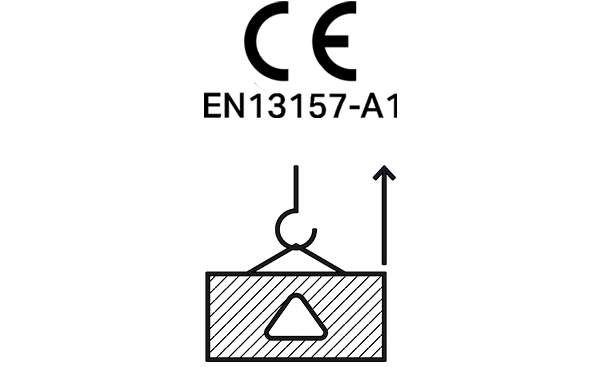Winch Configurator: How to use it

Please find below additional explanations for proper use. It should be noted that the configurator assistant cannot take into account all the specific parameters of complex applications.
Load definition
The load held is the sum of the forces applied to the cable and transmitted to the winch. The load itself should be considered, as well as the mechanical systems, frictions, return pulleys etc. which are linked to the load. The value of the rated load can eventually be reduced when it is self-supported (e.g.: pulling a rolling load on an inclined plane). To accurately determine forces, you can use a dynamometer directly attached to the end of the pulling cable.
 Select "lifting", for applications in which the force (of the load) is 100% applied to the cable.
Select "lifting", for applications in which the force (of the load) is 100% applied to the cable. Select "pulling", for applications in which the pulled load rolls or slides on an inclined plane (we use a standard value of 20% of inclination. As a reminder, this application is considered by standard EN13157 A1 as a lifting operation!).
Select "pulling", for applications in which the pulled load rolls or slides on an inclined plane (we use a standard value of 20% of inclination. As a reminder, this application is considered by standard EN13157 A1 as a lifting operation!).Lifting height
Strictly indicate the lifting height or the pulling distance in metres plus 1 m of compulsory winding on the drum.
Otherwise, indicate the cable length you would like to wind on the winch when the lifting or towing operation is complete (maximum winding length).
Result
According to the input data, the configurator assistant offers a winch corresponding to the need indicated. It is possible that several solutions are provided when there are several options for the same size/capacity (for example for the TA-TPV range, different options are possible: wall mounting, double shaft, etc.).
